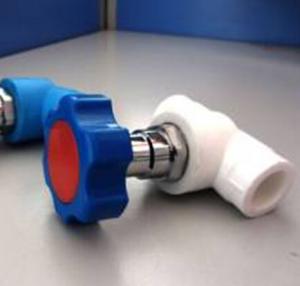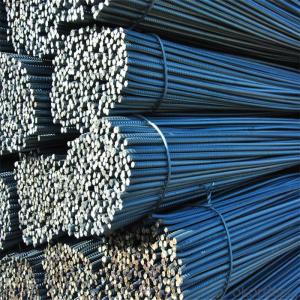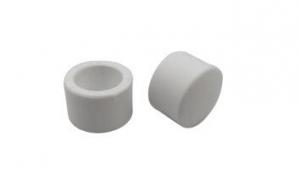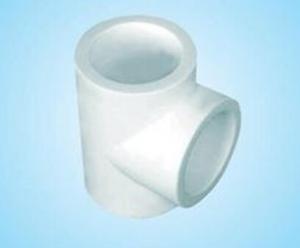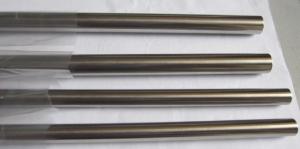Stainless Steel Bar Top
Stainless Steel Bar Top Related Searches
H S Code For Stainless Steel Surface Grinding Wheels For Hardened Steel Hole Saw For Stainless Steel Step Bit For Stainless Steel Transformers For Lights In Ceiling Led Lamps For Ceiling Stainless Steel Box With Lid Stainless Steel Bucket With Lid Ceiling Plate For Hanging Light Decorative Lights For CeilingHot Searches
Steel Mesh Panels For Sale Type Of Inverter For Solar Price Of Shipping Containers For Sale Types Of Inverter For Solar Aluminum Bar Stock For Sale Bags Of Cement For Sale Types Of Temporary Side Panels For Cement Deck Cost Of Awnings For Decks Type Of Scaffolding With Pdf Price Of Scrap Stainless Steel Price Of Stainless Steel Scrap Price Of Stainless Steel Galvanized Steel Scrap Price Type Of Stainless Steel Types Of Stainless Steel Grades Types Of Stainless Steel Aluminum Corp Of China Stock Types Of Scaffolding In Construction Pdf Stainless Steel Factory Stainless Steel TypeStainless Steel Bar Top Supplier & Manufacturer from China
Okorder.com is a professional Stainless Steel Bar Top supplier & manufacturer, offers integrated one-stop services including real-time quoting and online cargo tracking. We are funded by CNBM Group, a Fortune 500 enterprise and the largest Stainless Steel Bar Top firm in China.Hot Products
FAQ
- Stainless steel pipes are a suitable option for oil drilling rigs. Their resistance to corrosion is crucial when dealing with harsh and corrosive substances like oil, gas, and drilling fluids. These pipes can handle the high pressure and extreme temperatures often found in drilling environments. Moreover, they possess excellent mechanical properties such as high tensile strength and toughness, making them reliable and long-lasting for use in oil drilling rigs. Their extended lifespan also reduces the need for frequent replacements and maintenance, which is vital for cost-effective drilling operations. In summary, stainless steel pipes are an ideal choice for oil drilling rigs due to their corrosion resistance, durability, and high performance capabilities.
- Yes, stainless steel pipes are highly resistant to chemicals. They have excellent corrosion resistance properties, even in harsh and corrosive environments, making them a suitable choice for industries that deal with various chemicals.
- Yes, stainless steel pipes can be etched. Etching is a process of removing a thin layer of metal from the surface of the pipe to create a desired design or pattern. This is typically done using an acid or chemical solution that selectively dissolves the exposed metal. However, it is important to note that not all grades of stainless steel are equally suitable for etching. Austenitic stainless steels, such as 304 and 316, are commonly used for etching due to their corrosion resistance and ease of etching. Other factors that can influence the etching process include the composition and thickness of the stainless steel, as well as the etching method and conditions used.
- Seamless and hot-finished stainless steel pipes have various uses in different industries, but they exhibit distinct characteristics. A significant contrast between seamless and hot-finished stainless steel pipes lies in their manufacturing process. Seamless pipes are made by piercing a solid steel billet to create a seamless and jointless hollow tube. This method ensures consistent wall thickness and a smooth interior surface. Conversely, hot-finished pipes are produced by heating a solid billet and rolling it into a tube shape. This rolling process may result in a seam or weld line along the pipe's length. Another notable difference between seamless and hot-finished stainless steel pipes pertains to their dimensional accuracy and surface finish. Seamless pipes are renowned for their precise dimensions and excellent surface finish, making them suitable for critical applications that require a precise fit and smooth flow, such as in the pharmaceutical or food processing industries. On the other hand, hot-finished pipes, while generally less precise in terms of dimensions and surface finish, are more cost-effective and widely utilized in applications where tight tolerances are not necessary, such as in structural or construction projects. Regarding strength and durability, both seamless and hot-finished stainless steel pipes exhibit exceptional performance. However, due to their manufacturing process, seamless pipes tend to possess higher strength as they lack weak points or potential failure areas like welded seams. This characteristic makes seamless pipes preferable in applications that necessitate high pressure or corrosion resistance, such as in oil and gas pipelines or chemical processing plants. To summarize, the primary distinctions between seamless and hot-finished stainless steel pipes lie in their manufacturing process, dimensional accuracy, surface finish, and strength. Seamless pipes are produced without any seams or welds, resulting in superior dimensional accuracy and surface finish, which makes them suitable for precise applications. Conversely, hot-finished pipes are more cost-effective and commonly used in applications where tight tolerances are not critical. Both types of pipes offer excellent strength and durability, but seamless pipes are generally preferred in high-pressure or corrosive environments.
- The main difference between seamless and hot-expanded stainless steel pipes lies in their manufacturing processes. Seamless pipes are created by piercing a solid billet of stainless steel, while hot-expanded pipes are made by expanding a hollow tube while it is heated. This process results in a larger diameter and thinner wall thickness compared to seamless pipes. Additionally, hot-expanding allows for a wider range of sizes and shapes to be produced.
- The maximum temperature that stainless steel pipes can handle depends on the specific grade of stainless steel being used. Generally, most stainless steel pipes can withstand temperatures up to 1500°F (815°C) without significant deformation or damage. However, there are specialized grades of stainless steel that can withstand even higher temperatures, reaching up to 2200°F (1204°C). It is important to consult the manufacturer or engineer for the specific stainless steel grade and intended application to determine the precise maximum temperature limit.
- Yes, stainless steel pipes can be insulated with polyacrylonitrile (PAN). Polyacrylonitrile is a versatile and commonly used polymer that possesses excellent thermal insulation properties. It is often used as a foam or fiber insulation material due to its low thermal conductivity and high resistance to heat transfer. Polyacrylonitrile insulation can be easily applied to the surface of stainless steel pipes to reduce heat loss or gain, improve energy efficiency, and prevent condensation. It also provides protection against corrosion and mechanical damage.
- Stainless steel pipes can indeed be insulated with polycaprolactone. Polycaprolactone, also known as PCL, is a thermoplastic polymer that has excellent thermal insulation properties. It has a low thermal conductivity, which makes it an effective choice for insulating pipes and preventing heat loss or gain. Additionally, PCL is also resistant to moisture and chemicals, making it suitable for various environments and applications. When applied as insulation on stainless steel pipes, polycaprolactone can help maintain the desired temperature, reduce energy consumption, and prevent condensation.



























